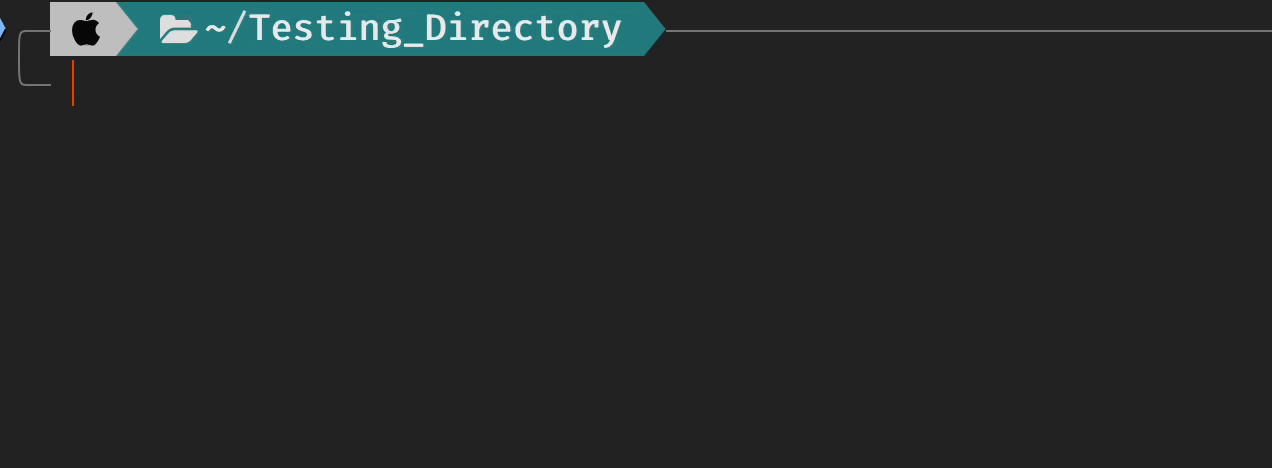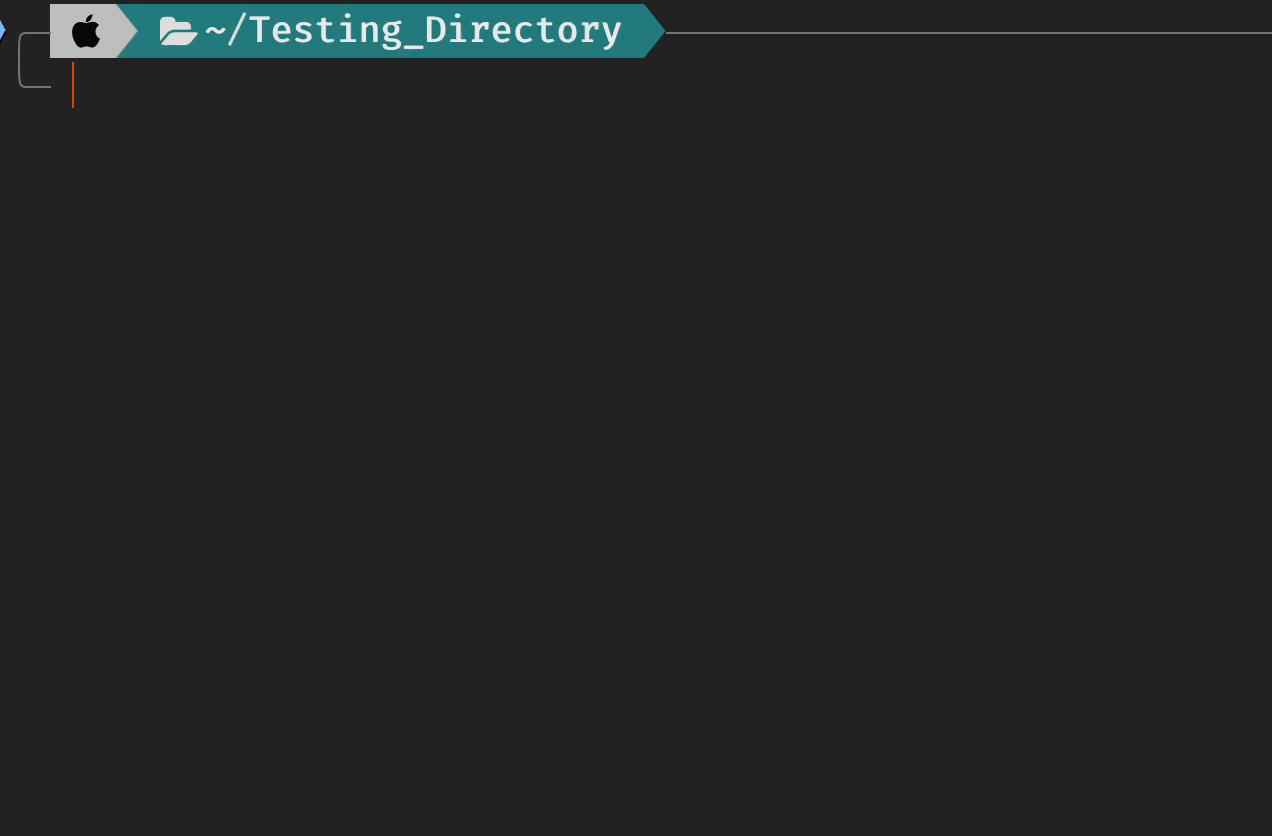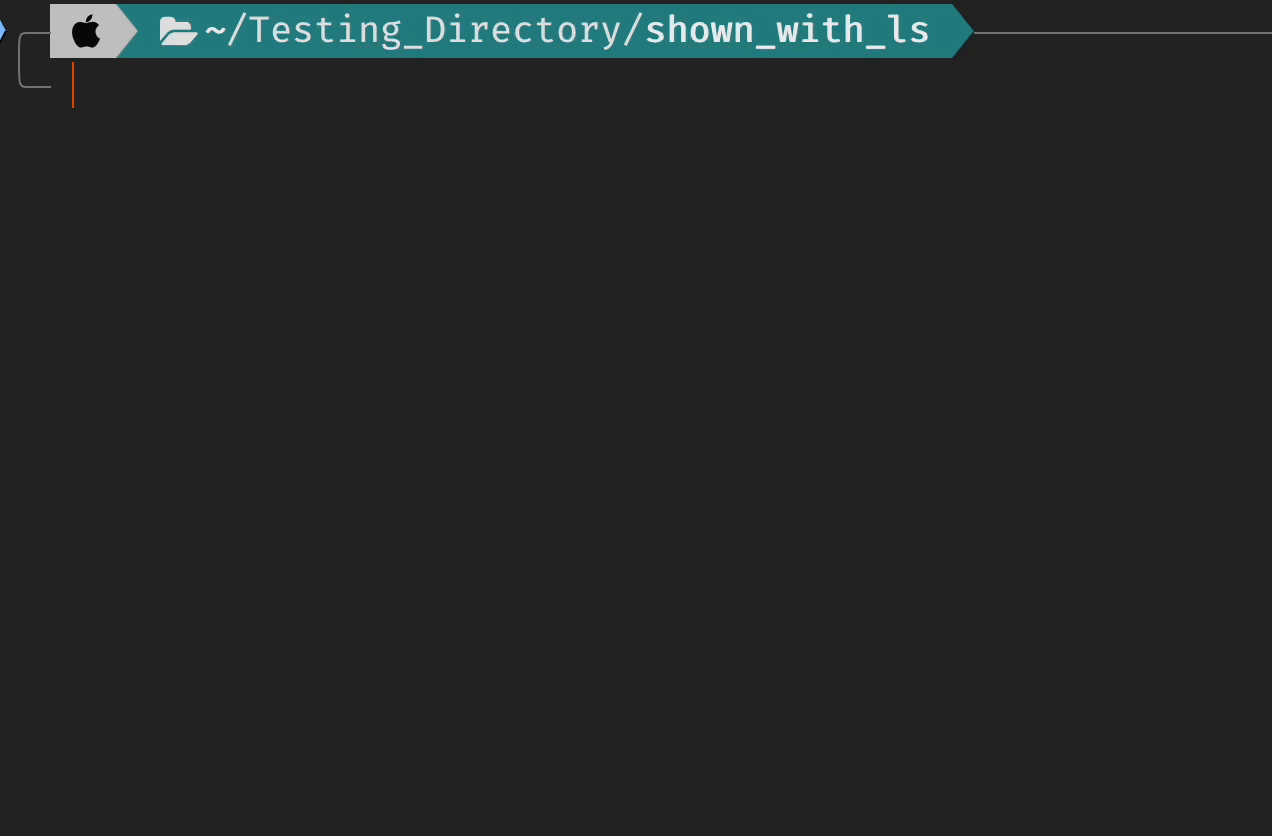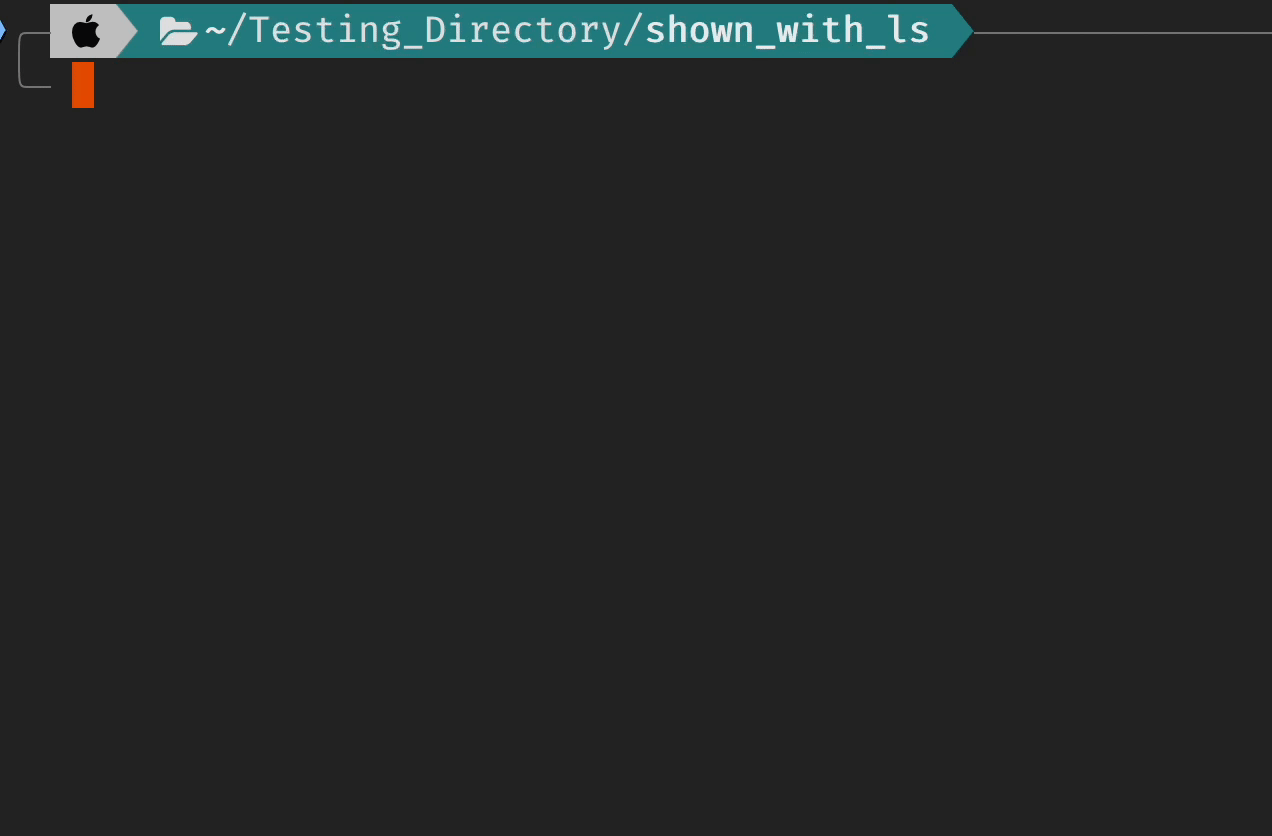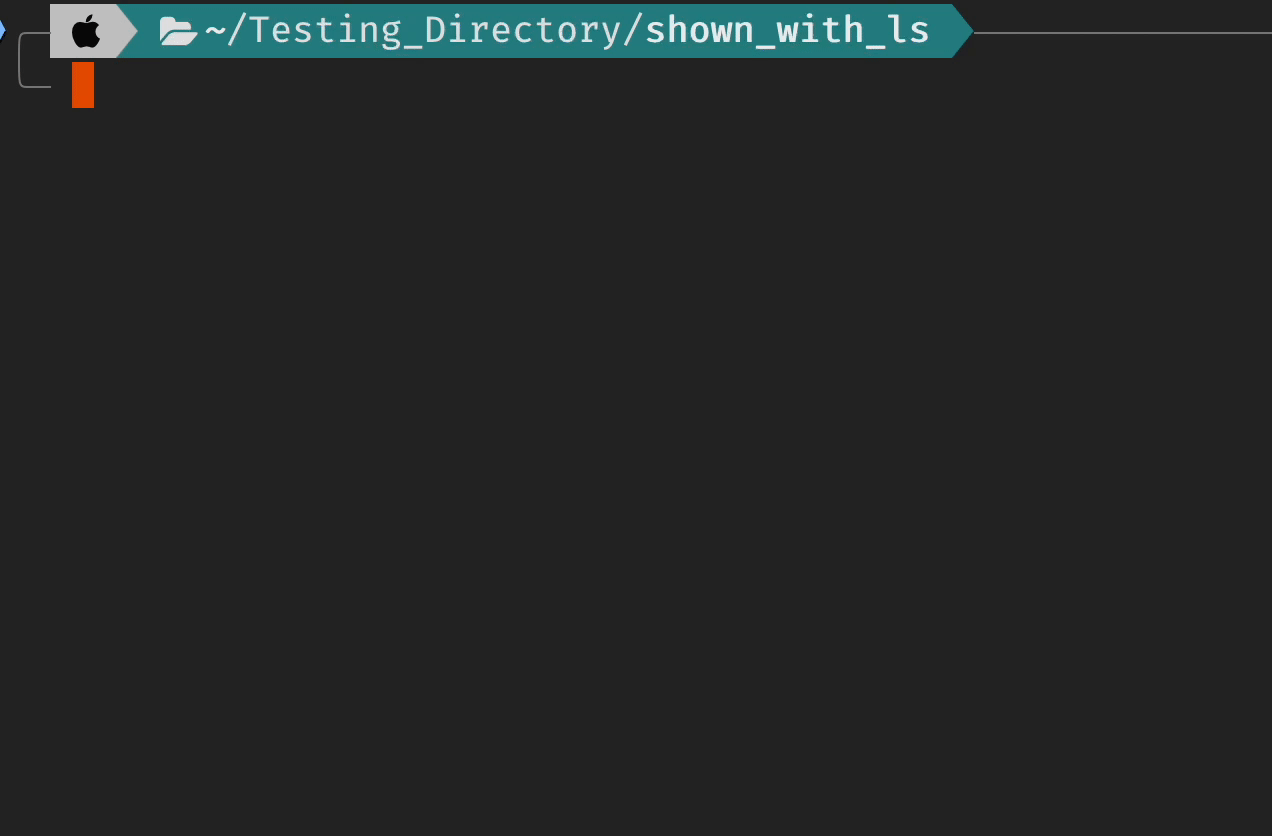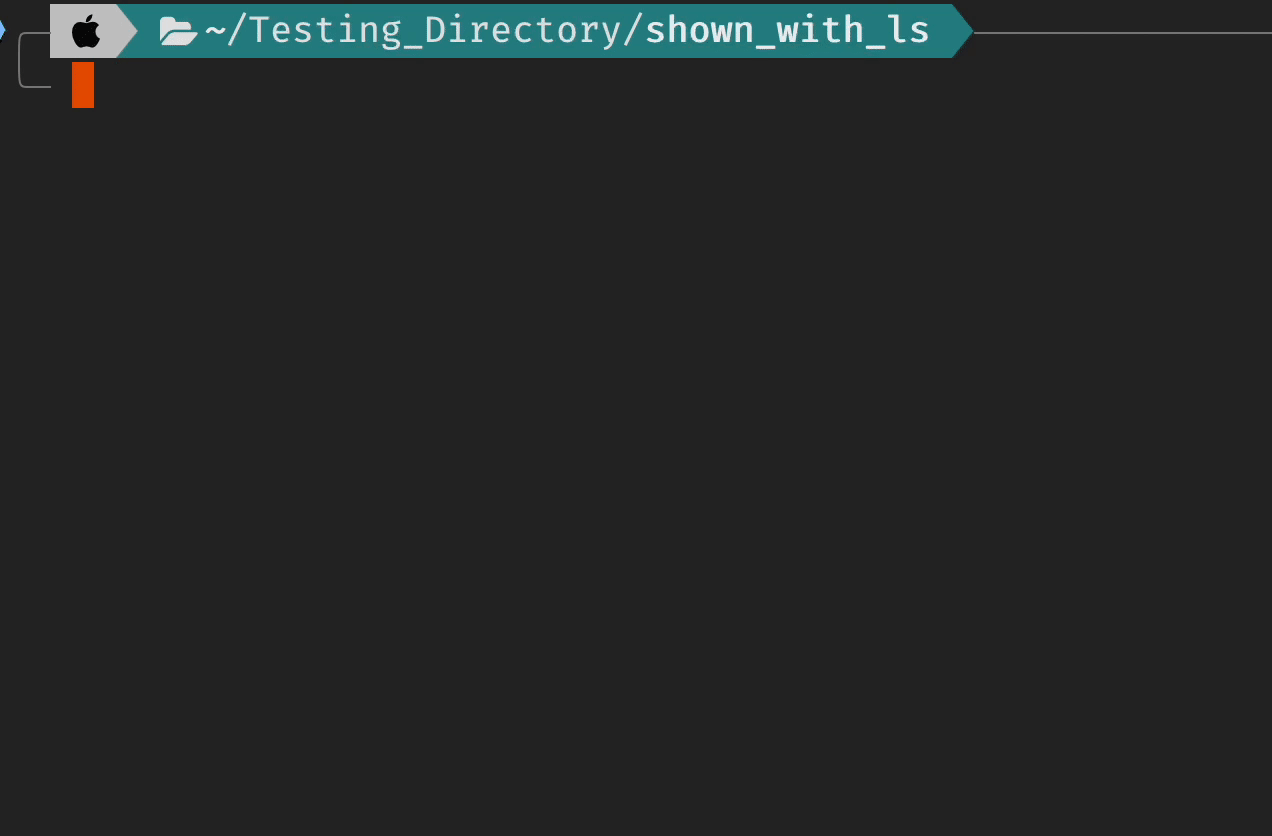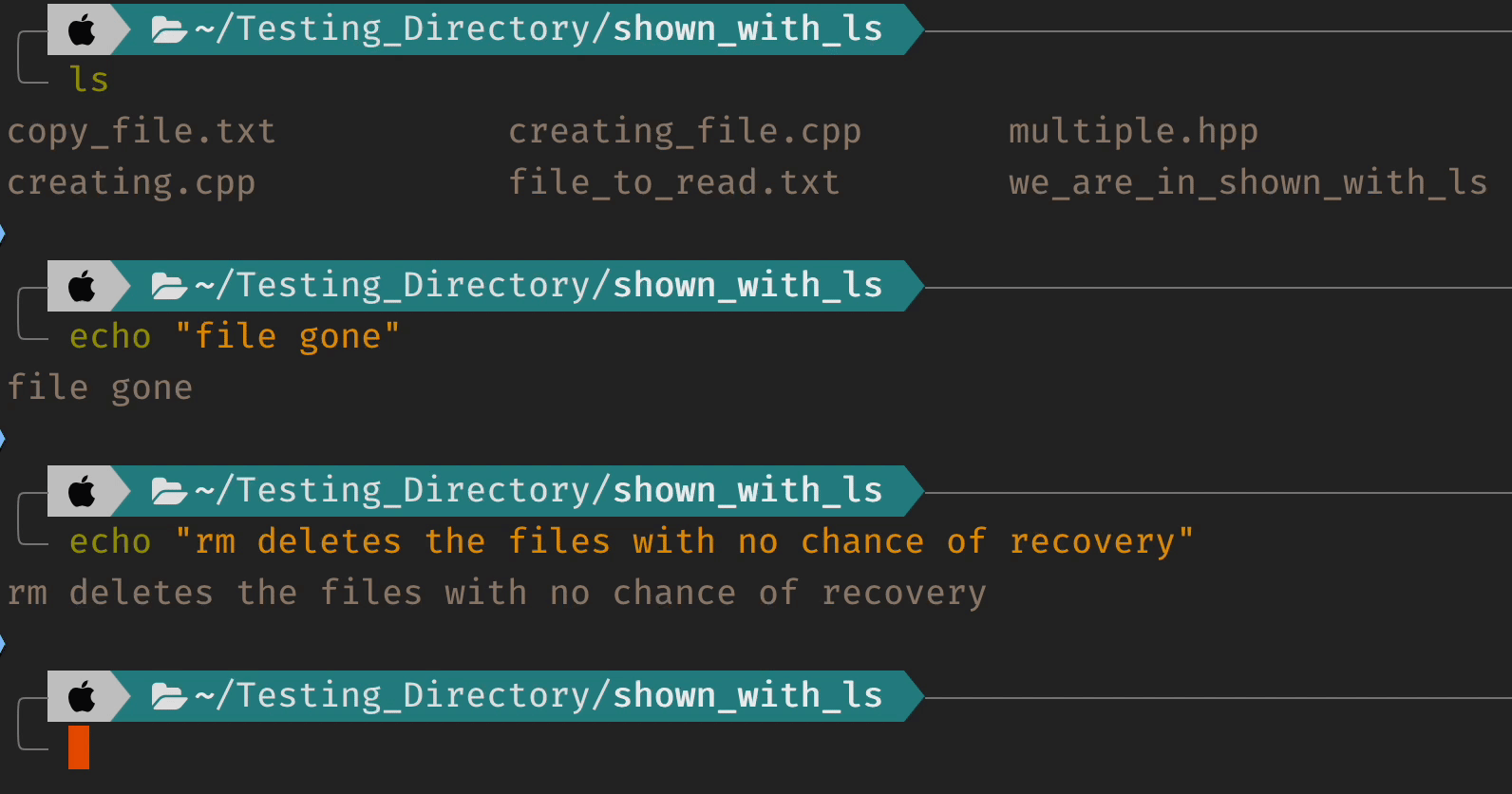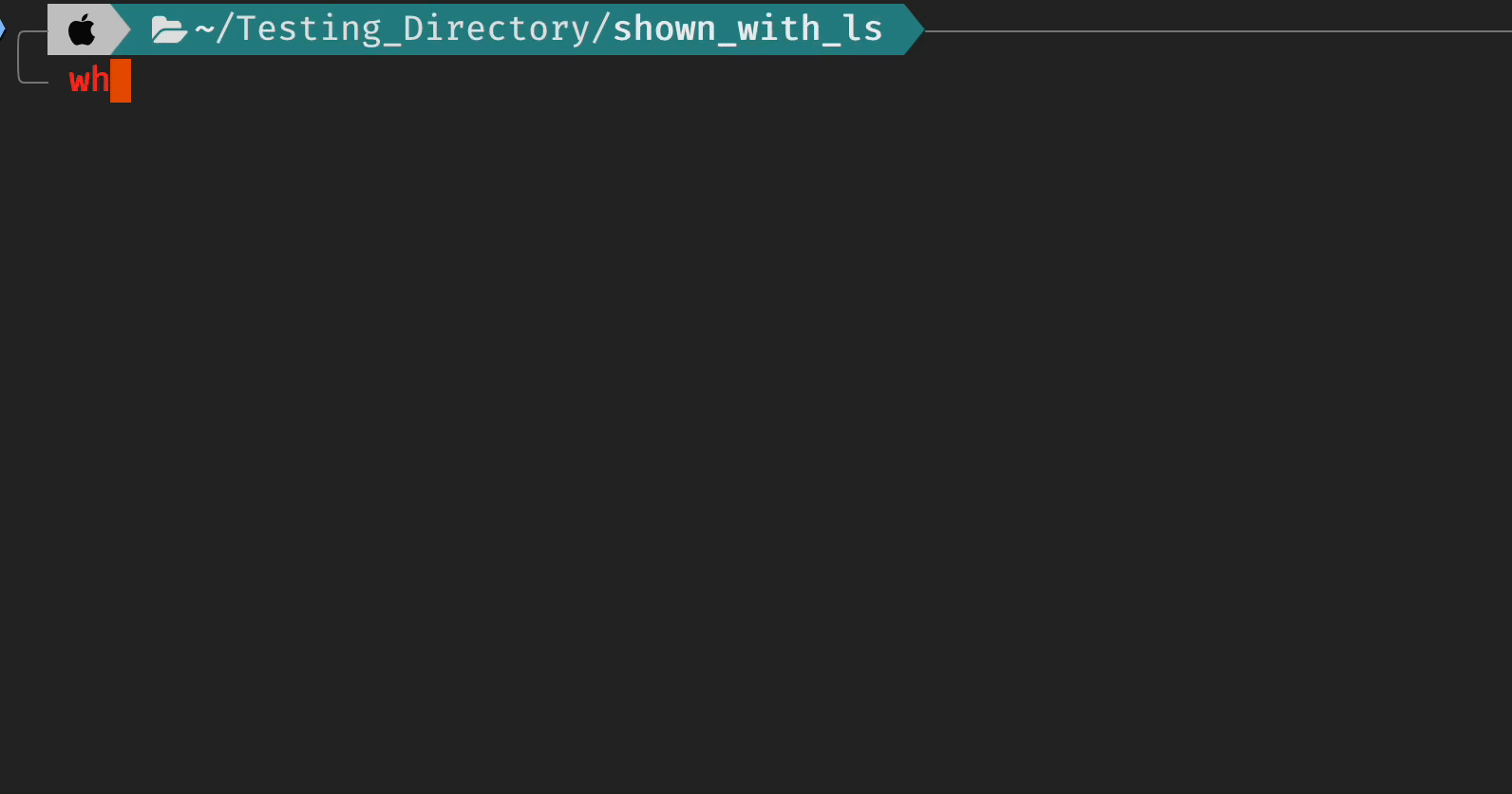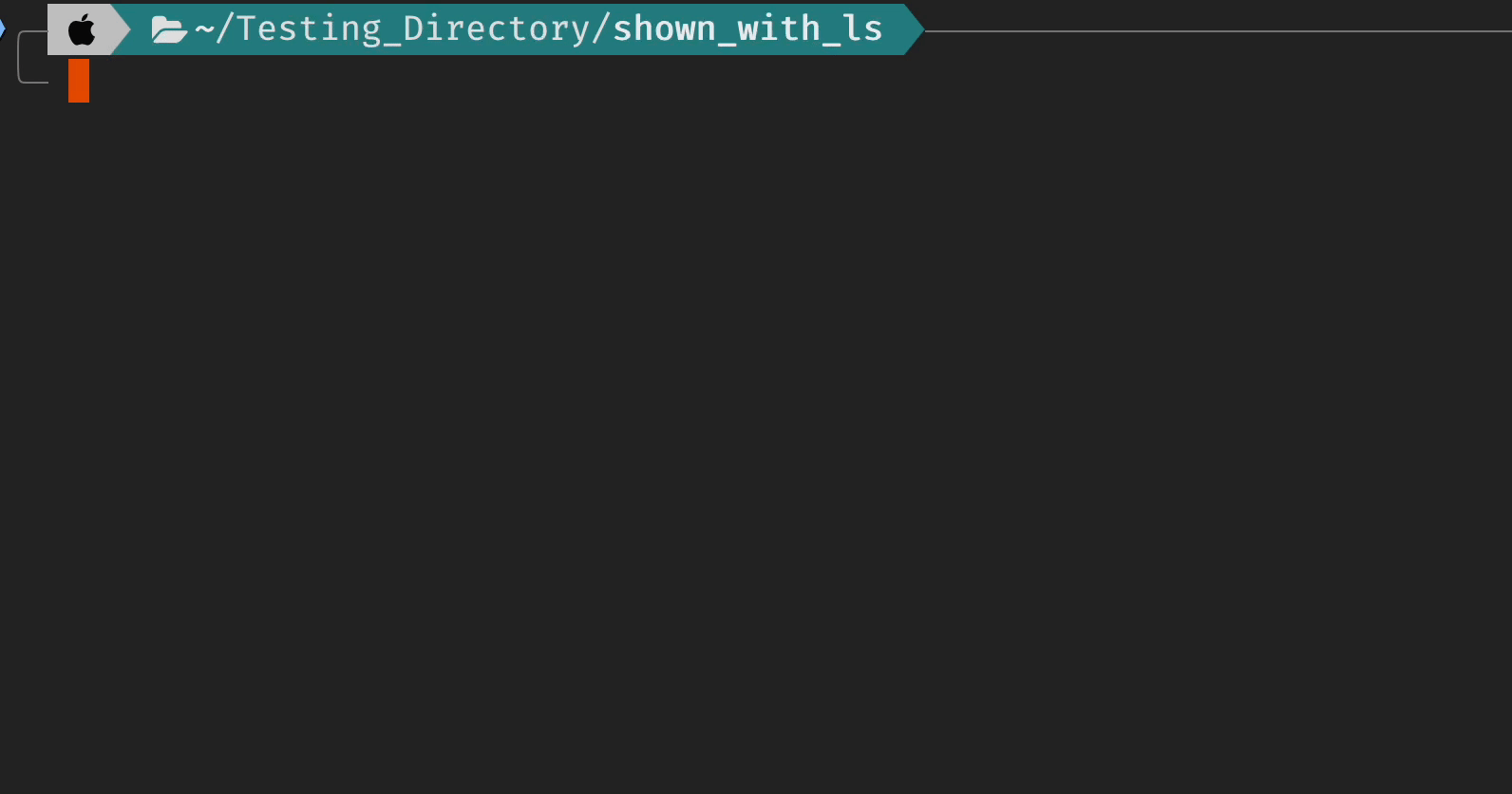Basic Terminal Commands
An Introduction to using basic commands of the terminal.
The terminal is a tool that you will need to get comfortable using one way or another, here is a quick guide on various commands you can use.
pwd
pwd stands for print working directory and when entered into the command line will tell you your path from home. For example, when in the desktop folder, I can run pwd and get the output:
/Users/user/Desktop
ls
ls stands for list, and lists the files and directories in a directory.
you can add extensions to the ls command, the ones I use most frequently are: -a or -A, these extensions will allow you to see hidden files/folders. These files / folders begin with . followed by their name.
In my home directory when I run ls -a I get the following output:
cd
cd stands for change directory, and it will change your directory to the one you specify.
To move backwards from one directory to it’s parent, you can add the following extensions .. or .... The .. extension will move you one directory backwards the ... extension will move you two directories backwards. And just typing cd will move you all the way back to the home directory.
touch
For windows users, windows does not have the
touchcommand, instead, you can use:echo. > filename.filetype. Or if you use powershell, you can use theNew-Itemcommand.
The touch command is responsible for creating files, by typing touch filename.filetype the file is created in the directory you are currently in.
Touch can also be used to create multiple files at once:
touch main.cpp matrix.cpp matrix.hpp
Will create the files main.cpp, matrix.cpp and matrix.hpp in the directory you are currently in.
Touch can be used to add files to directories you are not currently in - you will still need to specify the path though.
cat
The cat command has a couple of uses, when a file is added infront of it, the text within the file will be read and output into the terminal. This command is really useful for getting a quick look at the inner workings of a file.
This way of using cat has a couple of extensions, the ones that I use the most are -s, -b and -sb. -s will remove excess spaces between lines making files easier to read. -b will add line numbers infront of each line. These two extensions can be used in conjunction with the extension: -sb.
Another use of the cat command is to copy the contents from one or more files into another file. The way to do this is best shown with an example:
man
The man command which stands for manual, will bring up a manual for the specific command typed after it.
To exit the man page type q.
rm
The rm command which stands for remove is the command responsible for deleting files and directories.
When using this command files / directories will not be moved to trash when they are deleted, they will be permenantly removed from existence, there is not way to recover files when using rm. Make sure you are deleting what you want to be deleleting.
You can also delete multiple files at once:
rm f1.ft f2.ft
To delete folders, you need to add an extension -r:
-r means recursive will remove all files and directories within the directory that is to be deleted.
In use:
rm -r dir_name
clear
clear is used to clear the terminal screen.
echo
echo is used to output to the terminal screen. Although not useful right now when using make or another bash script it is very useful to use to tell the user what is happening behind the scenes.
echo "Hello World!"
Also, not using a gif for this one since I’ve used it in the other gifs
head and tail
whoami
whoami is used to tell who the current user is. It has uses, just not something you’ll use often.
cal
cal displays a calander, that’s pretty much all it does, just added it for fun.
Issues / Feedback / Contributing
If you see any problems with these pages (incorrect information, misspelled words, incorrect formatting), please create an issue on the repo, or let one of the executives know.
If you have an idea for a resource or page that could be useful, please make a pull request so it can be added to the site, see more detail in the README.
